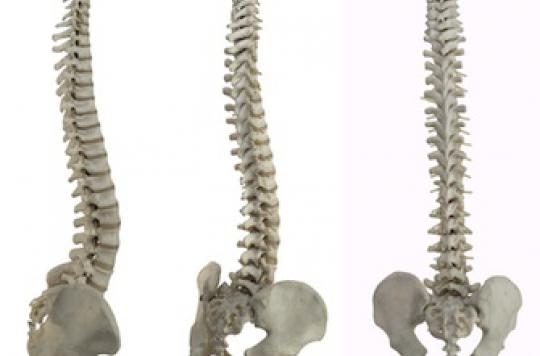A 12-year-old boy survived bone cancer after a 3D printed vertebra was implanted. The operation took place in a Beijing hospital.

In medicine, 3D printing can work wonders. This was the case with a young Chinese man who was replaced by doctors at a Beijing university hospital with a cancerous vertebrae with a 3D printed one.
A vertebra adapted to the patient’s morphology
Two months earlier, Minghao, this 12-year-old boy, went to the hospital after injuring his neck during a soccer match. On examining him, doctors discover a much more serious problem: a tumor has lodged in the young boy’s upper vertebra. The doctors therefore decide to operate to replace the damaged vertebra but choose to use a 3D printed prosthesis, adapted to its morphology and so that it can match the shape of its spine.
“Thanks to 3D printing, we were able to simulate the contours of the vertebra, and thus make it stronger and better suited than a traditional prosthesis,” explains Dr Liu Zhongjun, who performed the operation. This modern technique should therefore make Minghao’s convalescence shorter. “If we had used conventional technology, the patient’s head would have had to be held by pins in a structure for at least three months, because it would have been necessary to prevent it from touching his bed when he is resting,” adds the Dr Zhongjun. However, the boy will have to remain under observation in the hospital for 3 months.
A promising method
This is the first time in the world that a 3D printed vertebra implantation has taken place. But this is not the first time that doctors have used this method to operate: last March, Dutch surgeons managed to create a part of the plastic skull completely identical to that of a patient suffering from serious illness and were able to implant him. According to these doctors at the origin of this medical feat, the patient is doing well and is gradually recovering her brain functions damaged by her disease.
Shortly after the same, doctors declared that “the medical and aesthetic benefits are very important and this technology should allow in the future to also operate on patients suffering from bone cancer or head trauma”. It is now done.
.

















